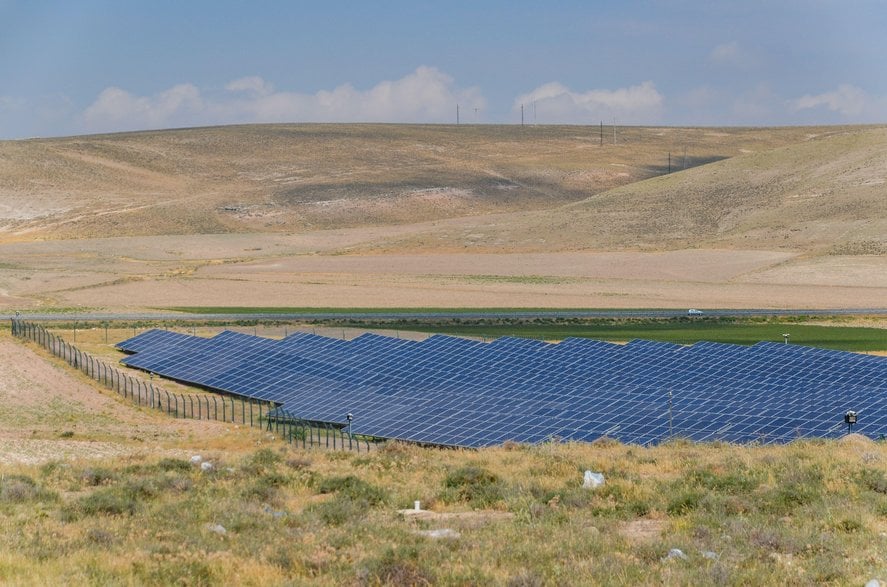Clean electrification is already reducing fossil fuel use in the UK
Clean electrification has already begun in the UK. This is contributing to large reductions in fossil fuel consumption, since clean electrification reduces fossil fuel demand by much more than the electricity demand it creates.
Wind and solar made up 33% of UK generation in 2023. Electric vehicles accounted for 20% of new vehicle sales in 2023, reaching 4% of total vehicles on the road. Heat pump installations are also increasing, but at a much more modest rate. In 2023, 1.5% of households in the UK had heat pumps, up from 0.5% nine years ago.
The impact of electric vehicles and heat pumps on UK power demand to date has been small, adding 6.3 TWh in 2023. This equates to only 2% of the UK’s total electricity demand. Nonetheless, the increase in power demand will accelerate. In 2030, electric vehicles and heat pumps are forecast to add 33 TWh of electricity demand, equivalent to 11% of the total demand in 2023.
However, the efficiency gains from electrification and decarbonisation means that, despite this increase in electricity demand, energy use and fossil fuel consumption will continue to rapidly decline. With the current share of clean power in the UK’s power generation, electric cars require three times less energy than petrol cars to travel the same distance, limiting impact on the grid from electrification. Electrification also reduces fossil fuel demand by four times more than the electricity demand it creates.






